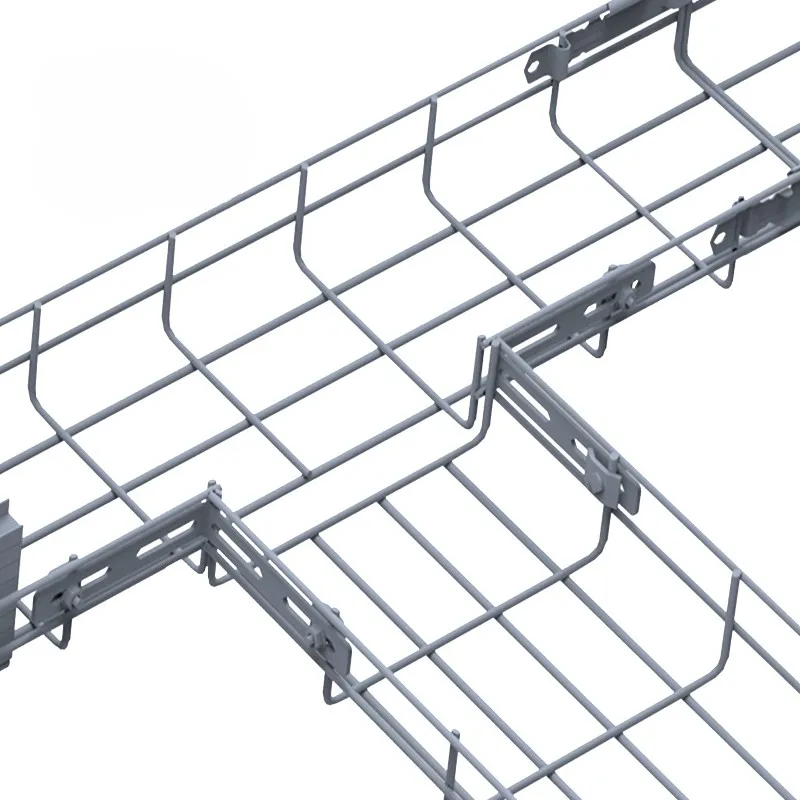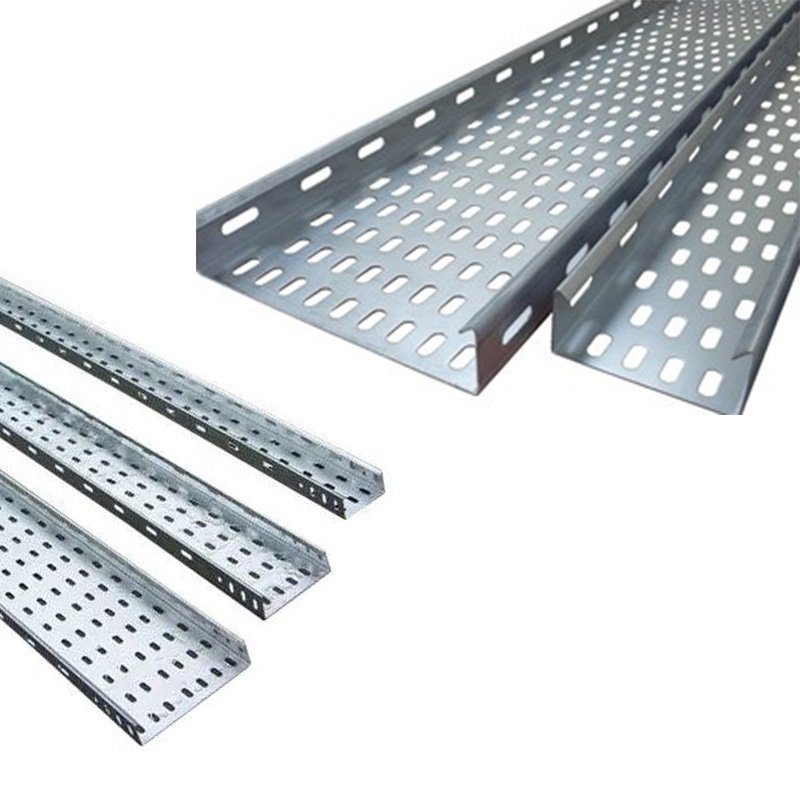Cable trunking and cable tray systems are integral to the efficient organization, protection, and routing of electrical cables across a variety of structures. Despite their shared objective, these two components exhibit significant differences in terms of design philosophy, material composition, installation methods, functional capabilities, and application scenarios. This comprehensive article delves into the intricacies of both cable trunking and cable trays, elucidating their unique characteristics and the environments where they excel.

Cable Trunking: The Enclosed and Segregated Approach
Cable trunking, also known as wire ducts or conduits, is an enclosed cable management system that offers a structured and protected environment for cables. Crafted from materials such as metal, plastic, or fire-rated PVC, it presents itself as a U-shaped channel with a detachable lid or cover that can be securely fastened using clips or screws.
1. Design and Customizability: Cable trunking comes in a broad spectrum of sizes and configurations to accommodate diverse requirements. Its modular nature allows for easy customization, including the use of internal dividers that create separate compartments for individual cables or groups of cables. This segregation enhances safety by reducing the risk of overheating and simplifies maintenance by enabling clear identification and separation of different circuits.
2. Installation Procedures and Flexibility: Cable trunking installations are often more adaptable and versatile due to their smaller scale and lightweight construction. They can be mounted on walls, floors, or ceilings using brackets or adhesive, and are easily cut to size or shaped around corners. The compactness makes them suitable for confined spaces, hidden within architectural features, or integrated seamlessly into interior designs.
3. Applications and Suitability: Cable trunking finds its niche in residential, commercial, and light industrial settings where aesthetics, space optimization, and low-voltage cabling protection are paramount. It is commonly employed for managing power outlets, IT networking cables, telecommunications lines, and other low-density cable runs that require dust, impact, or moisture protection, while maintaining a clean and organized appearance.
4. Regulatory Compliance: Cable trunking meets several regulatory standards related to fire safety, mechanical protection, and electrical insulation. Local building codes often mandate the use of trunking for certain types of wiring to ensure compliance with safety guidelines.

Cable Tray Systems: Open-Air Efficiency and Scalability
Cable trays, on the other hand, embody a more open and robust approach to cable management. These systems typically come in ladder-type (with rungs), solid-bottom, or ventilated trough designs, fabricated from durable metals like steel or aluminum, or non-conductive materials like FRP.
1. Design and Functionality: Unlike cable trunking, cable trays have an open framework with side rails to secure cables without fully enclosing them. This open architecture promotes air circulation and heat dissipation, preventing potential overheating issues. The design permits easy addition, removal, or reconfiguration of cables, making it ideal for applications where frequent changes are expected.
2. Installation and Long-Distance Deployment: Cable trays are designed for extensive and high-capacity installations. They can be suspended from ceiling joists, attached to walls, or laid on structural supports over long distances without requiring excessive additional support points. Their large-scale adaptability and ease of access make them particularly well-suited for expansive industrial, commercial, or utility projects.
3. Application Scenarios: Cable tray systems are predominantly used in heavy-duty electrical installations such as manufacturing plants, data centers, power distribution networks, and large commercial buildings. They handle higher loads and larger numbers of cables compared to trunking, making them indispensable for high-power and high-volume cable routing needs.
4. Regulatory Standards and Safety: Cable trays must adhere to stringent industry regulations regarding load-bearing capacity, corrosion resistance, fire retardancy, and grounding. Their open design allows for visual inspection, which is crucial for ensuring compliance with safety protocols and detecting potential hazards.
In summary, cable trunking provides an enclosed, segregated solution that prioritizes aesthetics, flexibility, and low-voltage cable protection in less demanding environments. On the other hand, cable tray systems offer a robust, scalable, and open-wire platform that excels in heavy-duty, high-capacity installations where durability, airflow, and accessibility are key concerns. Both systems play critical roles in meeting the complex demands of modern electrical installations, serving to enhance safety, efficiency, and longevity across various industries and structures.

